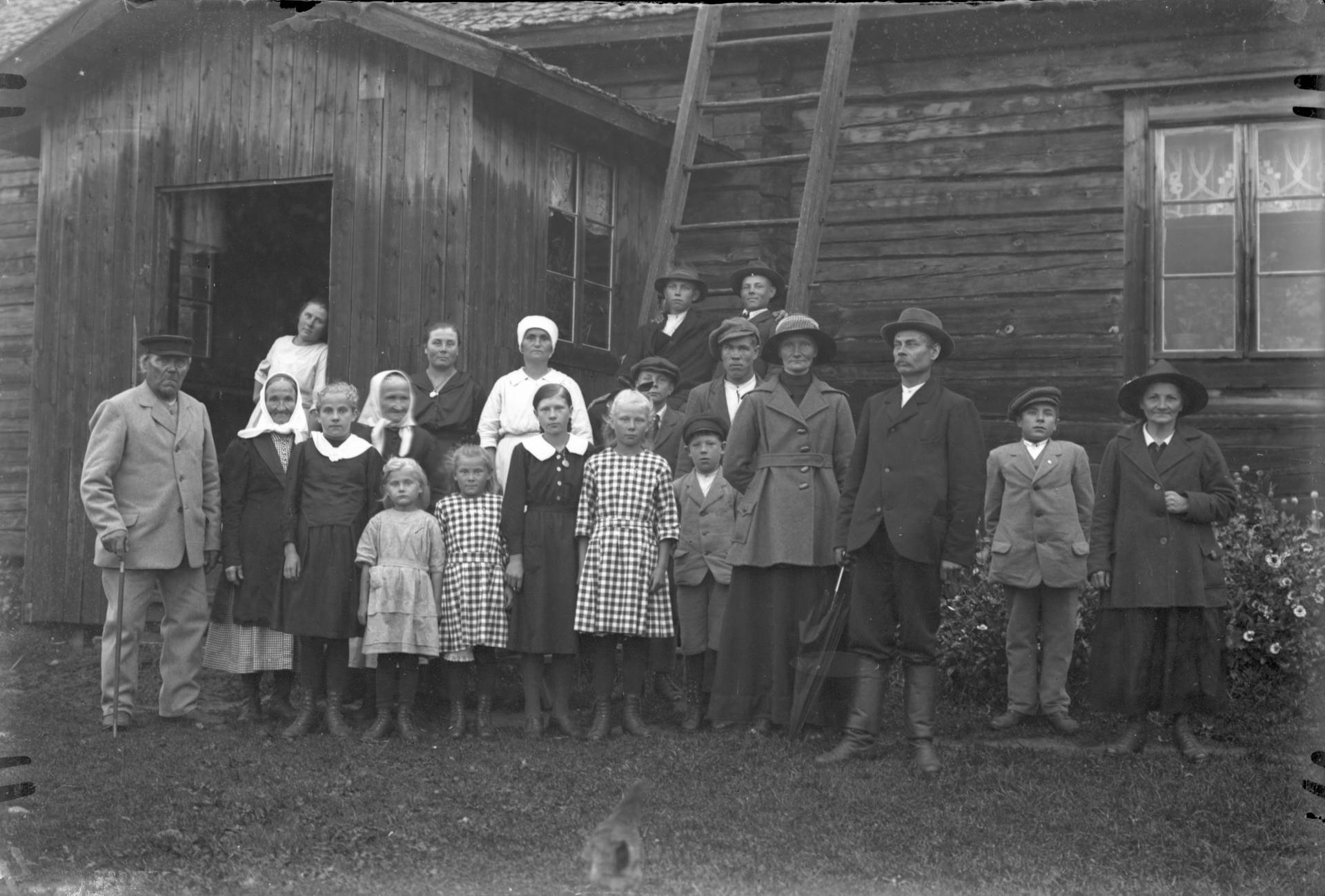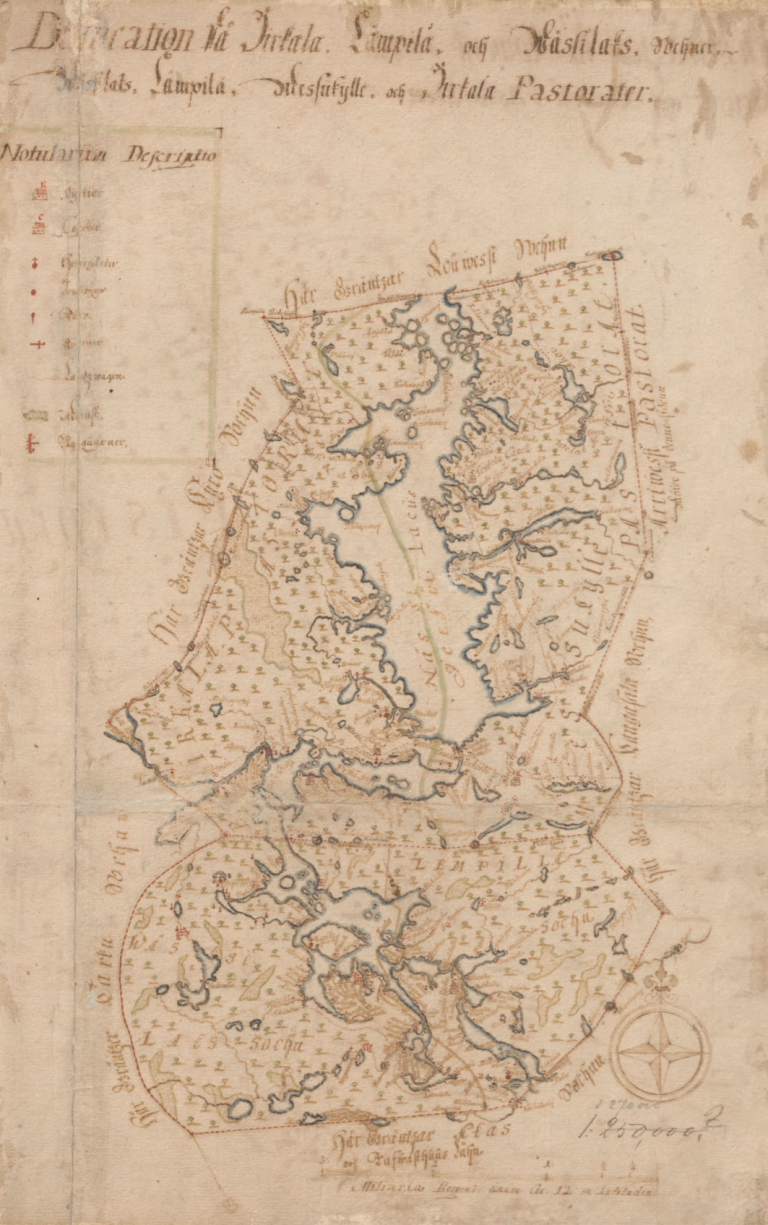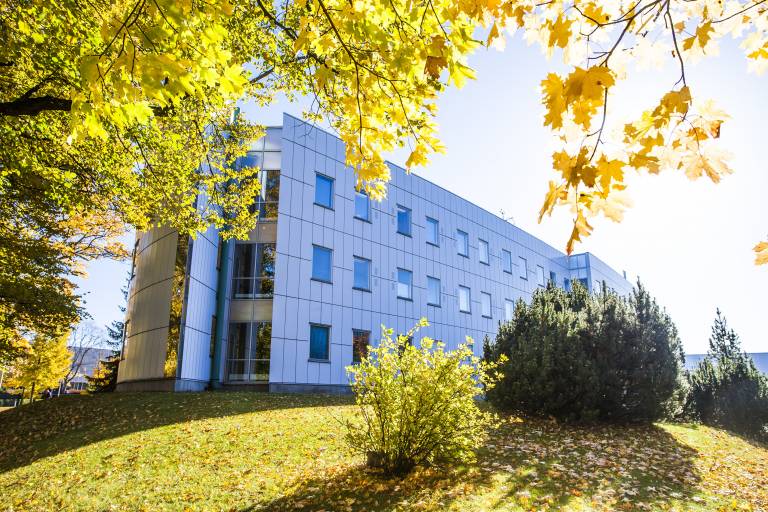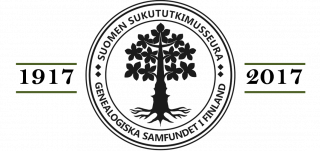
About us
The Tampere Research Group for History of Population, Environments and Social Structures (HoPES) aims at creating a historical database on the population, living conditions and resources in Finland between the years 1750-1920. The research unit started in the autumn of 2017. Data collected and analysed by methods of historical research can be utilised in multidisciplinary research in different disciplines. The database will be built in cooperation with international and domestic partners.
HoPES is part of the research activities of the Faculty of Social Sciences (SOC) of the University of Tampere. An expert group of scientists coordinates it.
Our unit supports the University of Tampere’s strategic vision of multidisciplinary, high-quality and socially relevant research. Its goal is to promote research into demographic history and living conditions.
The database is divided into two sections: a population history database and a living conditions database. Each parish will add to the population database. After the database is ready, it will be open to all researchers and its interface will be developed with our partners. Use of a complete database requires acceptance of the Terms of Service.
Population
The unit’s aim is to collect a comprehensive, regionally compiled population database based on the demographic history material dating to the period between 1750 and 1920. The most important sources are the church registers and the history books. Church registers offer us information about the place of residence, sex, age, marital status, profession, socio-economic status and the cause of death. The project cooperates with the Genealogical Society of Finland (SSS) and the Finland’s Family History Association (SSHY). A municipality- and parish-specific database containing the annual data on population and demographic change, i.e. births, deaths, marriages and migrations, will form the reference and background material for the individual-based demographic history material.
In addition, the MUULI data collected at the University of Tampere in 1977-1980 will be modified for use in the project.
The pilot area of the research is the area of the present city of Tampere (Tampere, Harju and Messukylä parishes). The population history database will be implemented in cooperation with Umeå University’s Centre for Demographic and Ageing Research (CEDAR) and the Swedish demographic history database (Demografiska databaset), which is administered by CEDAR.
Living conditions
The international research situation in demographic history and the production of new knowledge require a more detailed analysis of the two variables – socio-economic status and geographic location. The content of the concepts must be able to be divided into smaller parts. For socio-economic status, this means a more diverse analysis of rural population variables; for example, an owner of a big farm has a completely different socio-economic status than the owner of a small farm. The location of the place of residence is also an important factor. Farming fertile fields near the highway, around the village or near the city shapes the family’s life in a different direction than farming rocky, unfertile fields in the periphery. Getting to a comprehensive analysis requires family and individual information, as well as information on economic and social opportunities for the family’s place of residence.
For the purpose of researching changes in the economic carrying capacity of villages and houses, the database defines the geographic location of the house, its relationship with centres, house-specific figures, the age of the dwelling, the nature of agriculture, the soil and the length of the growing season and its changes.
The purpose of the database is to provide analytical tools to detect differences. The municipalities differ from each other, because within them the different villages guarantee their residents a very different standard of living and future. In the villages, there are also houses with differing economic carrying capacity. The database enables us to study the development of the population, such as life expectancy by house, and to analyse the life expectancy of Pirkanmaa’s most prosperous households and their families in relation to poorer peasants. At the same time, the problems related to the socioeconomic variables can be divided into parts. Investigating wealth variables provides many new opportunities to deepen demographic research, such as how poor crops or epidemics hit the various municipalities, villages, houses and, after clarifying the socioeconomic variables, the different layers of society.
The database provides an opportunity for rural-city dichotomy on the one hand, and, on the other hand, an opportunity to explore multidimensional interaction via migration, among other things. It enables rural towns and wider areas to be divided into functional entities, where centres, nodes and the links between municipalities and the changes within them provide new methods for observing their change over time, through habitation, access and economic forms. Furthermore, the database offers possibilities in researching the Great Partition land reform, the social effects of which have previously gone unresearched, and the significance of land reclamation.





